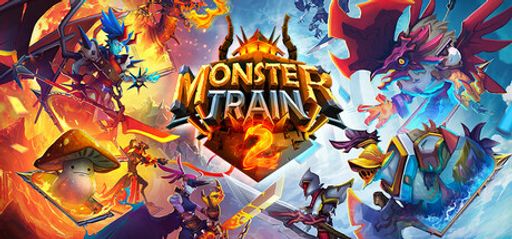After dozens of runs through Monster Train 2, I’m excited to share my take. As someone who lives for tight strategies and time-saving tricks, I found plenty to love—and a few spots that fell a bit flat. Here’s my breakdown.
Overall Impressions
Monster Train 2 builds on the first game’s winning formula and adds fresh clans, new modes, and richer options. What really stood out was the setup-turn boost: drawing most of your monsters at once lets you plan from turn one instead of relying on lucky draws. That alone cuts down on frustrating losses and keeps runs feeling fair. In comparison to Slay the Spire or Balatro, Monster Train 2 feels faster, more combo-driven, and a touch lighter on theme, but it’s easily as deep. Its biggest misstep? The story interludes. They’re static text screens with zero voice work—more eye-roll than epic.
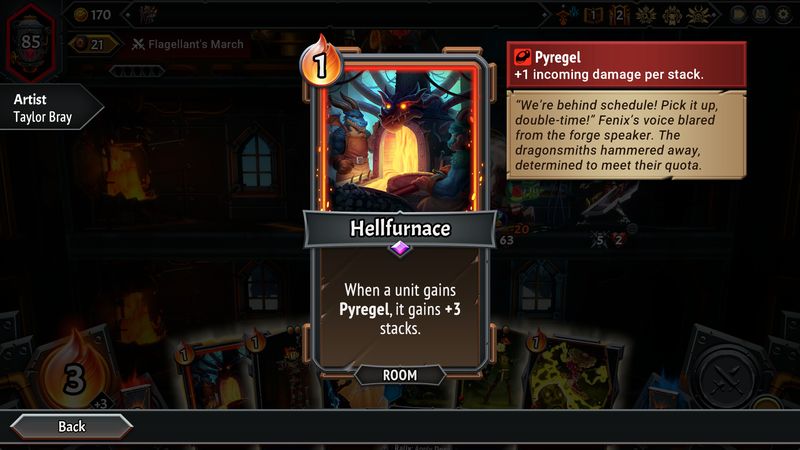
Gameplay Mechanics
The game’s three-tiered combat remains a highlight, letting you juggle action across bottom, middle, and top floors while pushing enemies toward your pyre heart. A dedicated setup turn ensures early champion summoning, eliminating the “bad draw” frustration. The undo button adds flexibility for correcting mistakes, benefiting both newcomers and speedrunners optimizing strategies. Rich clan synergies thrive with five clans and primary/secondary pairings, creating endless mix-and-match potential—capable of delivering one-turn boss wipes, like with triple-multistrike Pyreborn dragons. The UI’s damage previews also streamline decision-making for quick targeting.
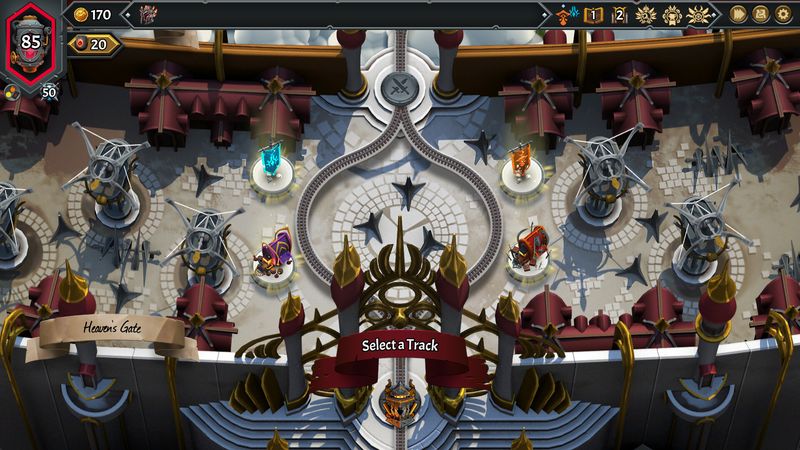
Some spells and equipment lean heavily on niche effects, becoming obsolete once a strong build emerges, limiting long-term variety. The static story boards also feel disconnected from the game’s otherwise dynamic and fluid pacing, breaking immersion during the campaign.
Standout Moment: In one run, I combined the Underlegion champion’s life-gain on summons with endless upgrades, plus equipment that let her auto-trigger sweeps. By Act 3, that champion was a near-unstoppable wall that cleared entire floors as soon as she hit the board.
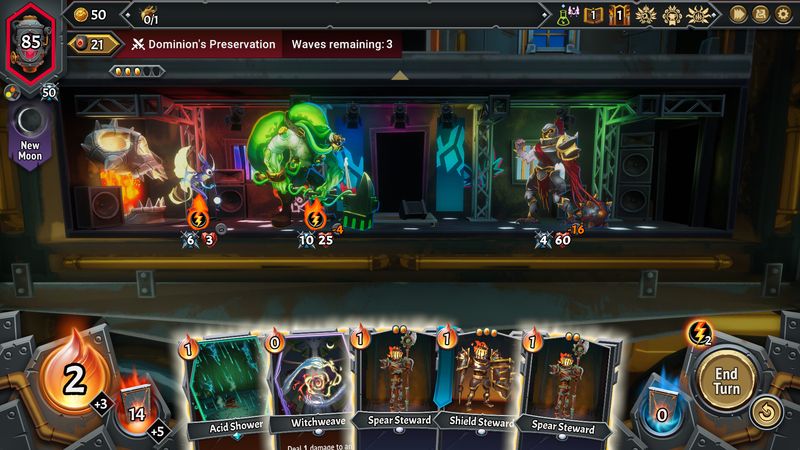
Story and Characters
Monster Train 2 leans minimal on narrative. You’re defending your Pyre in Hell against Titan armies in Heaven—angels and demons teaming up, that kind of mythic pitch. Between fights you get brief text slides explaining new factions. Unfortunately, no voice acting or animated cutscenes means these moments feel like “extra reading” rather than story beats. I respect Shiny Shoe for not wasting resources on half-baked cinematics, but I did wish for a few fully voiced lines or animated stills to give the characters real life.
Visuals and Graphics
Artistically, Monster Train 2 nails a vibrant, painterly style. Units and rooms pop with color—fire demons glow, ice angels frosty cool, titans loom in muted grays. The three-tier train layout stays clear and readable even in frantic battles. Card art is crisp, UI elements feel polished. I spotted a handful of small animation loops—monsters shifting stance, flame flickers—that lend personality without slowing things down.
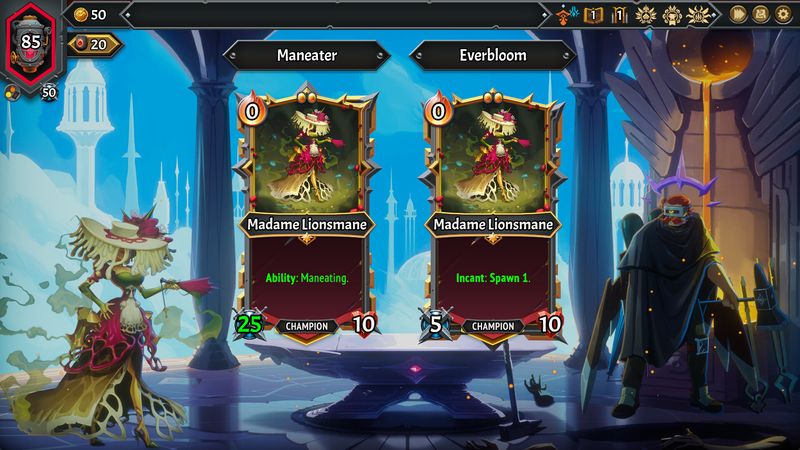
Sound and Music
The soundtrack pulses with driving percussion and gothic choirs—perfect for drafting combos while under pressure. Spells and attacks have distinctive hits and whooshes so you know immediately when a big multistrike or sweep lands. I didn’t miss voice acting thanks to solid punchy SFX, but an occasional champion quip would’ve been icing on the cake.
Difficulty and Replayability
Monster Train 2 has a steep learning curve at higher Covenants, but its structure encourages “just one more run” syndrome. Want more challenge? Unlock new pyre hearts, max out six covenant levels, swap primary/secondary clans—there’s always a fresh angle. Player feedback echoes my own: once you hit endgame difficulty, you’ll still want to chase bizarre combos. I’m only halfway up the Covenant ladder and I’ve already sunk 60+ hours in. That’s top-tier replay value.
Final Thoughts
Monster Train 2 is a masterclass in refining a beloved formula. It’s fast, deep, and forgiving enough for newcomers yet punishing at top Covenants for veterans. If you loved the first game or any deckbuilder that rewards creative combos, this is a must-play. Just brace for a lightweight story, then dive back into those infinite synergy hunts—because once you learn how to stack multistrike, endless, quick, and cooldown-activated champions, you’ll be hooked for hundreds of runs.
Rating: 4.5 out of 5 stars
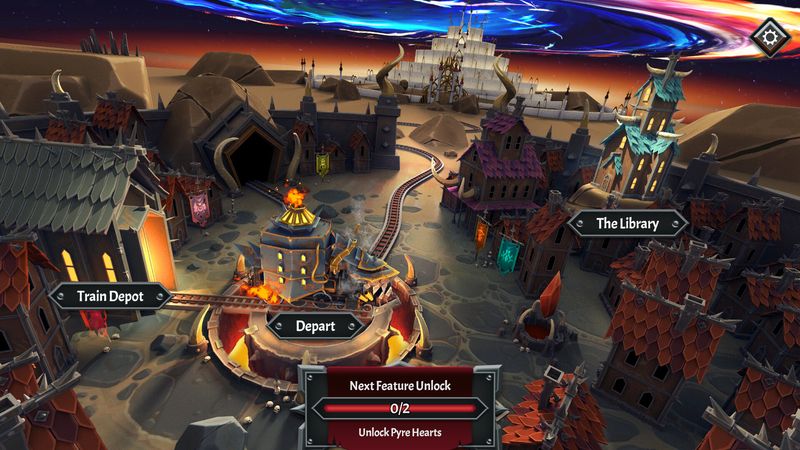
Pros
The setup turn mechanic dramatically reduces bad RNG, giving players more control over early-game strategy. Deep clan combinations reward optimization enthusiasts, while the undo button and damage preview enhance tactical decision-making. Polished art and immersive sound design keep the focus sharp, and monumental replayability emerges through varied Covenants and countless clan pairings.
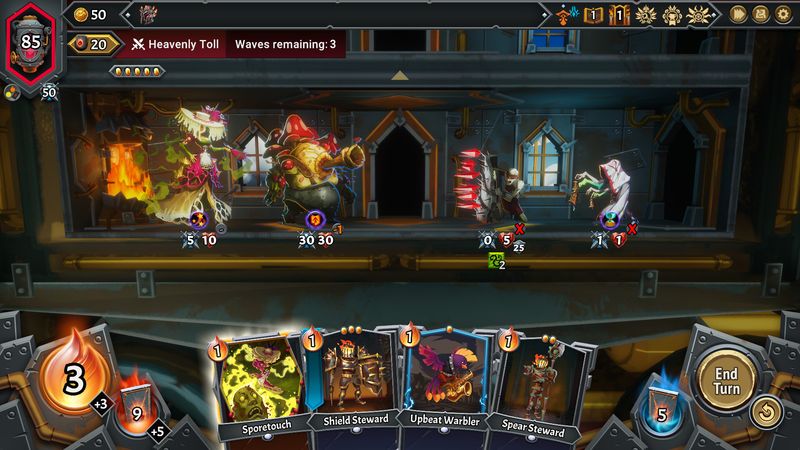
Cons
Story presentation remains thin compared to the game’s rich combat systems. A handful of under-utilized spells and cards clutter the pool, offering little incentive for use. Additionally, the absence of official mod or workshop support limits customization—though the community is already creating and sharing fan-made mods to fill the gap.
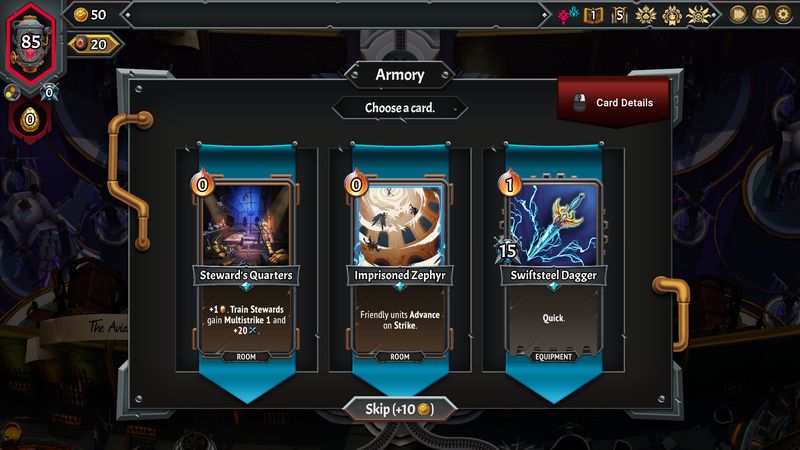
Developer Trivia
Shiny Shoe responded to community feedback by introducing a setup turn, preventing runs from being ruined by unlucky early draws. Meanwhile, Big Fan Games chose to skip official workshop support after the first game’s low mod activity, aiming for a more focused core experience—yet modders swiftly stepped in, proving strong demand for custom content.

